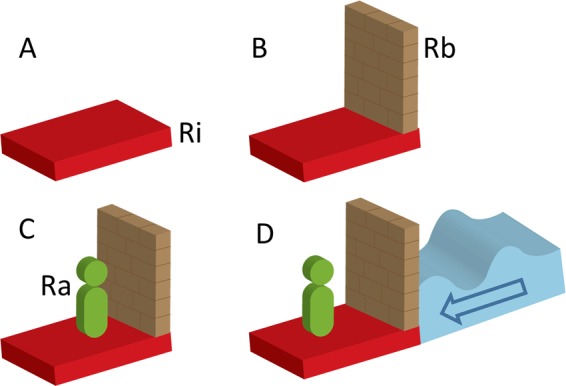Fig. 1. This schematic shows components involved in adaptive resilience.

Depicting this concretely, resilience is shown as having four components, a–d. a The base (in red) comprises of intrinsic (Ri) factors established from birth, e.g. genetics whose expression can be modified by experience through epigenetic mechanisms and personality factors. It represents the foundation upon which further resilience (the wall) is constructed. b On top of and emanating from intrinsic factors are the ‘structures’ (depicted by the wall) that represent the neurobiological and psychosocial ‘constructs’ through which resilience is built (Rb). These constructs and component factors are varied and interconnected (see underlying mechanisms section). c A supportive environment facilitates the processing and regulation of neurobiological and psychosocial factors that builds and promotes adaptive resilience (Ra). Therefore, the green figure represents an individual’s ability to respond and adapt, as well as address the changing needs of Ri and Rb. d Complete resilience can only be achieved in response to adversity (depicted by the pressure exerted by the water on the wall). The level of the water and the amplitude of its waveform represents the magnitude of adversity.
